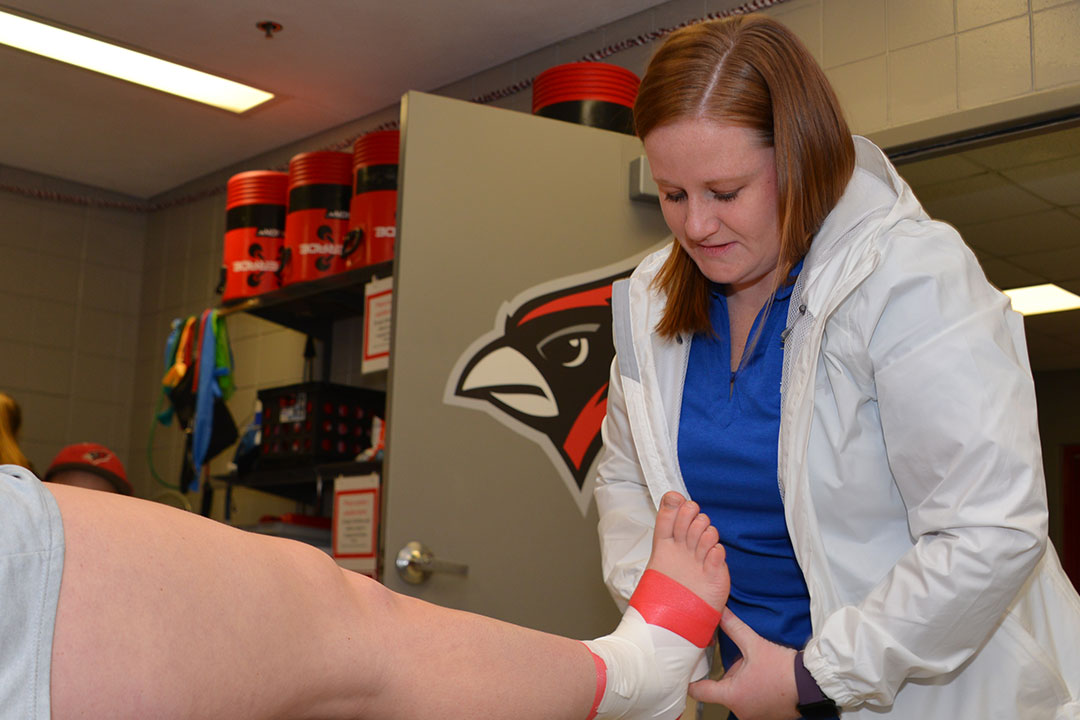Tips for Spring Athletes
We truly have been spoiled over this winter when it comes to the weather. But now that spring has actually started it is important to remember a few things to keep you healthy and pain free even though we have been able to enjoy the warmer weather. It's important to listen to your body and take precautions to ensure that you're being safe while active. You can keep yourself safe and healthy by taking these tips into consideration when starting your spring activities:
Equipment: Be sure to have properly fitting safety gear to protect body parts, including helmets, wrist guards, knee and elbow pads, and proper shoes (well-worn shoes are notorious for causing overuse injuries).
Timing: Start slow. Always start slow and gradually increase the intensity and demand of a training program in order to avoid overuse injuries. Listen to your body and take breaks.
Warm up & Stretch: Warm up with a low-level activity like jog or jumping jacks before you stretch. Warm ups raise muscle temperatures, which prepare the whole body for physical activity, and thus reduces the risk of a sports injury. Warm up for a minimum of 5 to 10 minutes so the body can prepare for an activity.
Clothing: Its important to always have layers. Its always good to start a workout with long layers on to warm the body and get it ready for activity, just as a proper warm up and stretch get the body ready. Clothing can then be removed as your body warms up. Warm clothing is also helpful with keeping the muscles warm throughout your work out.
Technique: Learn the correct technique that is associated with a sport or activity to lessen the risk of sports-related injuries to tendons, bones, and muscles. If you are unsure of what techniques you are supposed to use, talk with a professional to help you.
Hydrate: As temperatures rise, it's important to drink plenty of water. It is recommended that the average adult male drink 15 cups of water and the average adult female drink 11cups. If you have intense workouts or activity, you should increase the water intake appropriately (you can use your thirst to judge). Water is the best beverage to drink. Avoid beverages that are filled with sugar; they cause the body to lose more fluid than when drinking water.
Cool Down: A cool down and light stretching after workouts is helpful in loosening up those muscles while they are warm and limber from training. Sport-specific muscles that haven't been used in a while will likely be a bit sore.
Be Smart: It may be difficult, but do not continue to participate in sports or activities if you have sustained an injury. It is not safe to "play through the pain" and could result in a more severe injury or a chronic problem. Allow the injury time to heal before you return. Remember the RICE method when you have an injury: Rest, ice, compression, and elevation.
Give yourself at least 1 or 2 days a week to take a break from your sport or activity and give your muscles a chance to repair themselves.
Get Checked: If you end up getting injured in the process of being active, it's important to listen to your body and get seen if your injury inhibits your daily activities or you have been in pain for a long period of time.
